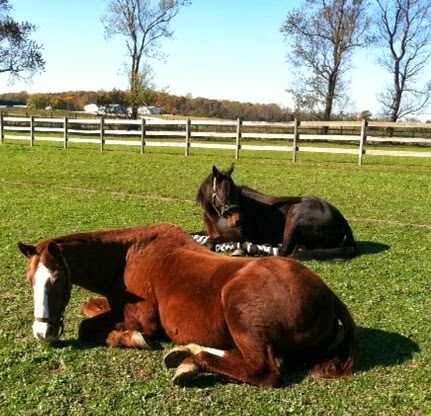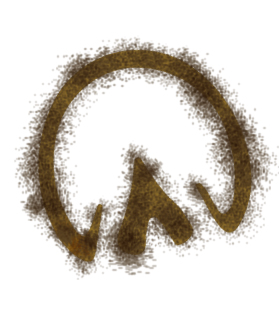Hay everyone,
Fall is in full swing! There is a chill in the air and soon the smell of turkey and pumpkin pie will be filling your family kitchen. But as you prepare to sit down to enjoy a delicious Thanksgiving dinner with family and friends, you need to also keep in mind what your four-legged family members might be munching on out in the pasture!
You might be aware that high sugars in pasture grasses can harm horses grazing pasture in the spring. However, the sugar content of grasses also increases in the fall, as plants begin storing energy to survive over the long winter months.
Normally, plants build up their sugar content during the daylight through photosynthesis and metabolize that sugar overnight for growth. The lowest sugar content is seen in early morning when most of the sugars have been used up by the plant. However, when it gets cold at night, metabolism slows and plants are not able to use as much of the sugar, and the sugar starts to build up in the grasses.
The most critical time is after the first hard frosts in the fall. When plants freeze, their metabolism stops. So when it is freezing cold at night, they are no longer able to use any sugar. The next morning, the sugar content of the grass can be very high. This can potentially harm horses that have insulin resistance or have suffered from pasture-associated laminitis.
After a full meal Nelson and Christi lay in the sun, to take their post-dinner snooze.
To keep your horses healthy this fall, make sure they aren’t eating just-frozen grass for Thanksgiving dinner! The best advice is to keep your horses off pasture (especially if they have metabolic problems) until all the grass in the field is completely brown – at that point, it should be safe for your horse!
Wishing you and your horses a wonderful Thanksgiving holiday,
Lord Nelson


